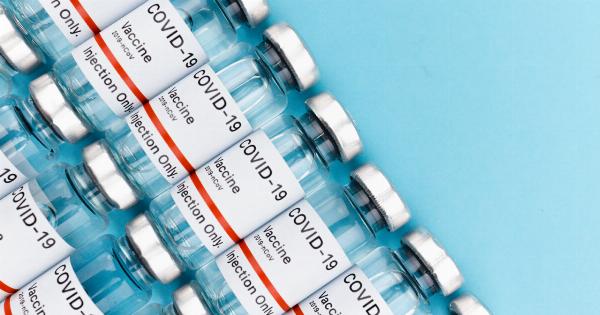Ovarian cancer is a common type of cancer that affects women’s ovaries. The development of this disease is a result of cell mutations that cause the cells to grow uncontrollably, forming a tumor.
The symptoms of ovarian cancer can be elusive, making it difficult to diagnose until it has advanced to a later stage. As a result, the prognosis for women with ovarian cancer can be poor.
Factors affecting Ovarian Cancer Prognosis
Here are some little-known factors that can affect the prognosis of ovarian cancer:.
1. Cancer Stem Cells
Ovarian cancer stem cells are a unique group of cells that have the ability to give rise to other cancer cells.
Studies have shown that women with more tumor-initiating ovarian cancer stem cells have a poorer prognosis compared to those with fewer stem cells.
2. Age
Age is a significant factor in ovarian cancer prognosis. Women who are diagnosed with ovarian cancer at a younger age have a better prognosis compared to those who are diagnosed at an older age.
This is because younger women tend to have less aggressive tumors that are more responsive to treatment.
3. Menopausal Status
Women who have gone through menopause have a better prognosis compared to premenopausal women. This is because the tumors in premenopausal women tend to be more aggressive and resistant to treatment.
4. Stage of Cancer at Diagnosis
The stage at which ovarian cancer is diagnosed is a significant factor in determining the prognosis. Women who are diagnosed at an early stage have a better prognosis compared to those who are diagnosed at a later stage.
5. Tumor Grade
The grade of the tumor is a measurement of how abnormal the cancer cells look when viewed under a microscope. Women with a lower grade tumor have a better prognosis compared to those with a higher grade tumor.
6. BRCA1/BRCA2 Gene Mutations
BRCA1 and BRCA2 are genes that play an essential role in DNA repair. Women who have mutations in these genes have a higher risk of developing ovarian cancer.
Studies have shown that women with these mutations have a better prognosis compared to those without the mutation, potentially because these cancers are more responsive to treatment.
7. Histologic Subtype
Ovarian cancer has numerous histologic subtypes. Women with certain subtypes, such as endometrioid and clear cell carcinoma, have a better prognosis compared to women with other subtypes, such as mucinous carcinoma.
8. Response to Chemotherapy
The effectiveness of chemotherapy in treating ovarian cancer is an essential factor in determining prognosis. Women who respond well to chemotherapy have a better prognosis compared to those who do not.
9. Recurrence
Recurrence of ovarian cancer is a significant factor in determining the prognosis. Women who have a recurrence of ovarian cancer have a worse prognosis compared to those who do not.
10. Comorbidities
Comorbidities are other health conditions that a person has in addition to ovarian cancer. Women with comorbidities tend to have a worse prognosis compared to those without.
Conclusion
Ovarian cancer is a dangerous disease that affects many women worldwide.
The prognosis for women diagnosed with this disease can be influenced by several little-known factors, including cancer stem cells, age, menopausal status, stage of cancer at diagnosis, tumor grade, BRCA1/BRCA2 mutations, histologic subtype, response to chemotherapy, recurrence, and comorbidities. Therefore, it is critical to take these factors into account when evaluating the prognosis of ovarian cancer and determining the best treatment options for a patient.































